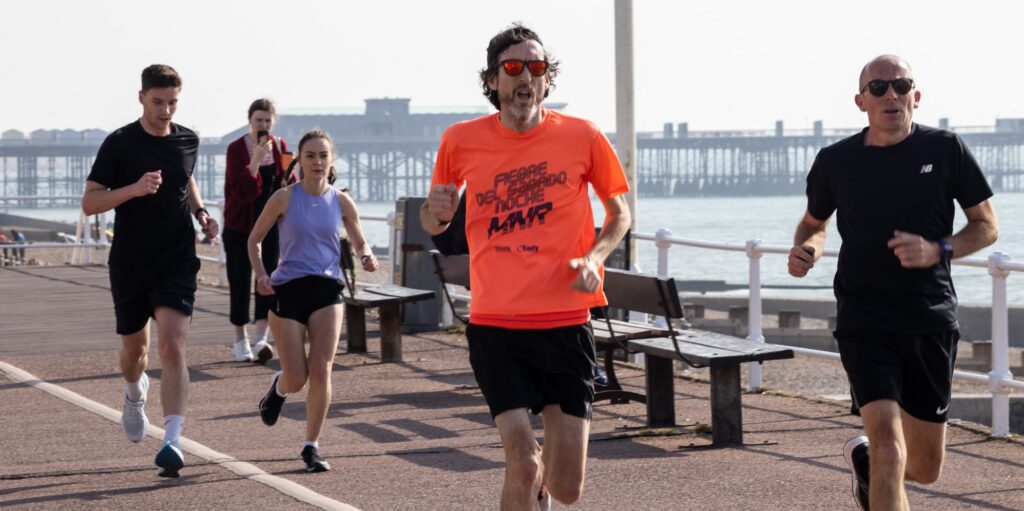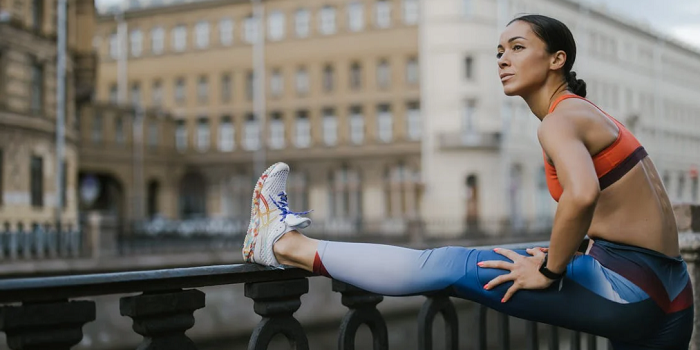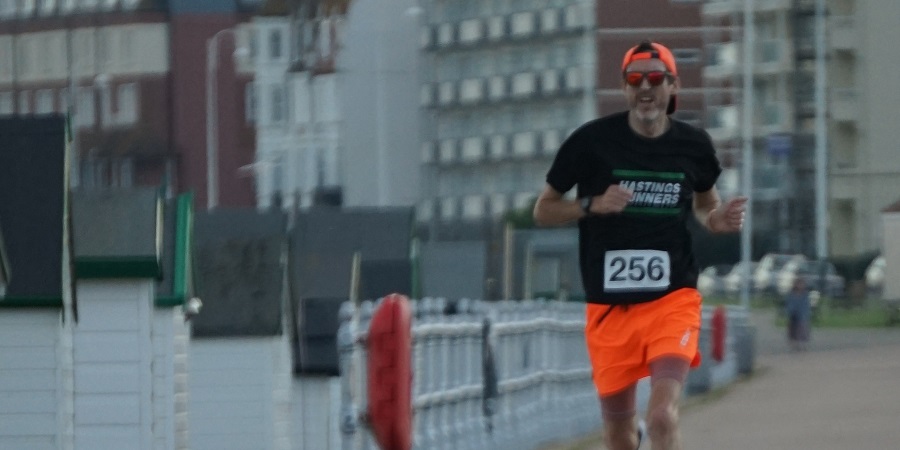Have you stumbled on the acronym RPE? I didn’t think so. Well it stands for Rate of Perceived Exertion. Still none the wiser? Let me explain.
The majority of my training and nearly all of the sessions I allocate to my runners will be based on RPE!
Here’s an example why.
On a calm spring morning, after a good nights sleep and nutritious evening meal you wake up feeling sprightly and set off for an easy 10k. You glide along and return home after a seemingly effortless 60 minutes of running. Perfect. You feel great.
7 days later and you’ve slept badly, you had take away the night before, the wind is blowing, the route is hilly and there is a chill in the air. You return home, 70 mins later, log on to your Strava and feel glum about how much slower you were for 10k than 7 days ago.
Now if we take the same scenario and train to time and RPE rather than distance and pace! The focus is to run at a 3 or 4 out of 10 effort.
Week 1 is still very enjoyable, conditions and the preparation mean you return home feeling great about life. 60 minutes in the training log.
Athletes train using a concept called "Rate of Perceived Exertion"
Here's how you can use it for your work week (short thread): pic.twitter.com/lLMWLYd7bF
— Tobi Emonts-Holley (@tobi_emonts) November 21, 2022
7 days later, you look outside and decide to head away from the windy seafront and take on some challenging hills. But you don’t fret. As you know regardless of the challenges that await, the pace and time doesn’t matter.
All you need to do is focus on an easy effort level and running for 60 minutes, the same as last week, albeit in different conditions.
This occasion you return home having achieved your target. Granted you didn’t run 10k like last week, but that wasn’t the aim, you achieved the goal of a low RPE and running for 60 minutes.
I hope that makes sense?
One issue I notice with a lot of runners is they run at the same effort level for 90% of their runs. Whether it be 5k, 10k or half marathon, they can be very 1 paced.
This comes down to a lack of understanding of RPE. Once you practice running at a 7/10 or higher effort level you begin to understand that you can actually maintain this effort over a longer distance.
The majority of your training (80% approx) should be done at a low effort level (3/10). Then the other 20% of training is done at a high effort level (8 or 9/10).
Once you learn to appreciate the difference between the two you’ll be able to run for longer at an easy effort and improve your times over shorter distances.
For my runners I always ask them to rate their effort level and enjoyment for each session. Almost every time their effort is 4/10 or less the enjoyment of that run is 10/10.
When the effort level rises to 8, 9 or even 10 out of 10, you’ll be surprised to hear the enjoyment level will match that rating. The runners I coach know they’ve put in a hard session and feel good about it, thus giving them more enjoyment.
The sessions that score low in enjoyment are when the effort level sits somewhere in the middle. Let’s say 5 or 6/10. You know the type of run, you’ve worked quite hard but you don’t actually feel like you’ve achieved much.
I feel like I’m waffling a bit now but I’m hoping I’ve got my point across. So give it a try, stop planning your runs based on distance, switch to time. Then rate the session based on effort level rather than pace. You’ll find this takes away that negative self talk of “I’m so slow” or “look at my rubbish pace today”.
Give it a go and best of luck with your training.








